After one of the wires under my Queen Anne Rowhouse burned up, I decided I should clean up the rat’s nest of wires to prevent future damage.
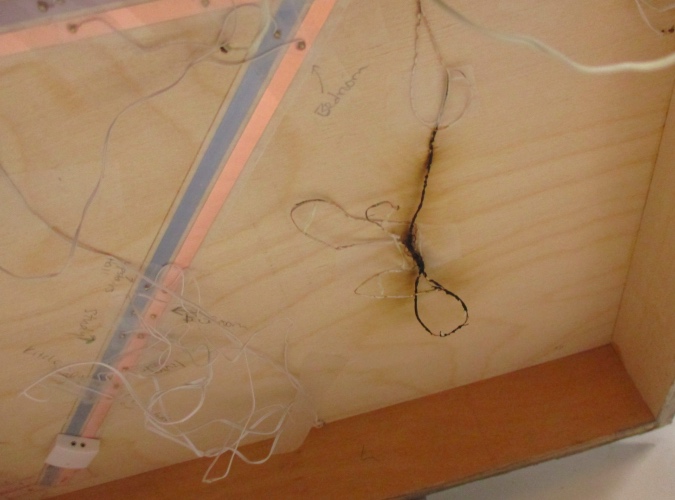
When I started electrifying the Rowhouse back in 2012, I was regretting that I connected the Fairfield’s lights under the floorboards, where I couldn’t easily access them if a light stopped working (which one of them did). In the Rowhouse, I decided to pull all the wires down to the bottom of the house and connect them there so I could access them later. I also thought I should leave the wires long, in case I needed to snip them to re-attach them to the tapewire at some point — I didn’t want to run out of wire and massively overcompensated.
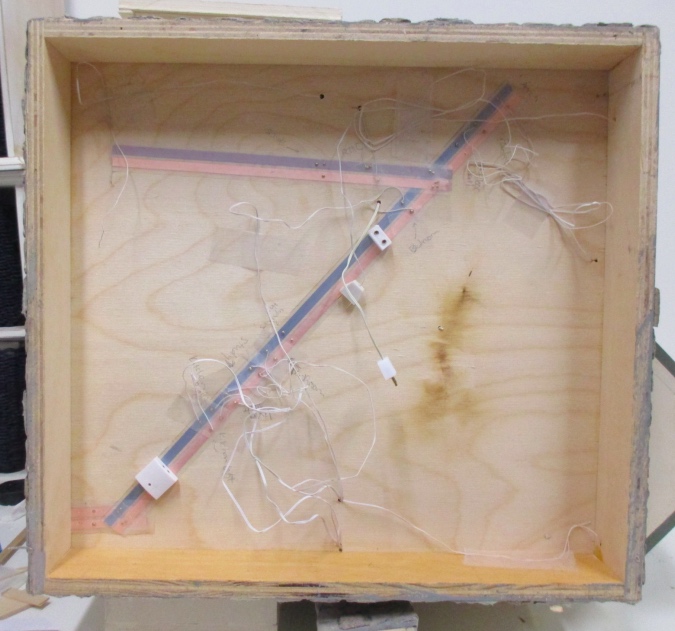
When I recently added two lights to replace the ones I had to break in order to re-wallpaper the stair rooms, I added plugs to the wires instead of hardwiring them into the tapewire. That went well, so I decided it would be much neater, and more stable in the long run, to cut all the wires short and attach them with plugs instead of hardwiring.
I started by disconnecting all the hardwired lights and removing the brads and the tapewire (I didn’t want the tapewire to be full of holes). The pieces of black tape are covering up the cut-off ends of the lights that had to be removed, so they don’t accidentally touch any other metal in the circuit and cause a problem.
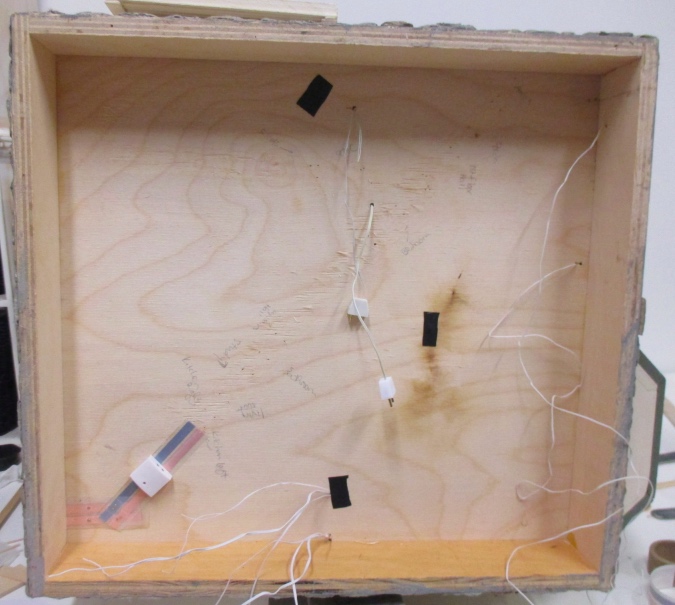
I thought about using a power strip instead of individual outlets. (It would have had to be connected to the tapewire somehow, since there are two outlets inside the house that are plugged into the tape.) It would have made this project much quicker, but I decided against it because the wires come out in a bunch of different places underneath the house. For all the plugs to reach the power strip, I would have needed some long wires, and cleaning up the wires was the whole point.
The shortest wire is the one coming from the attic. I only had about two inches work with. I added the plug to this wire before laying down the tapewire, to ensure I put the tapewire in a position the plug could reach.
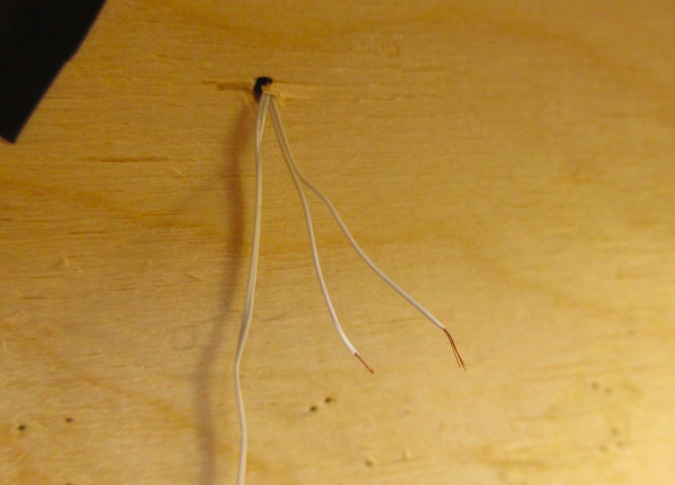
I managed to get the plug on without any drama, but now the wire’s even shorter!
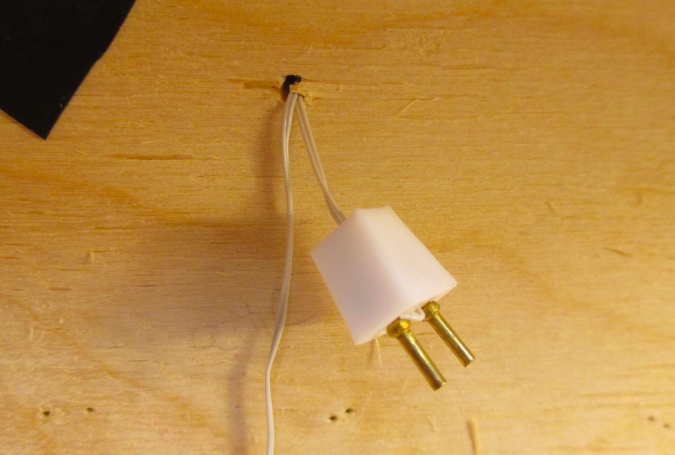
It’s too short to plug into tape wire on the bottom of the house, so I ran some along the side instead. Then I put down the other two pieces and used brads to make connections between them.

I plugged the plug with the short wire into an outlet and then poked the pointy ends of the outlet into the tapewire, so I’d be sure that the plug could reach.
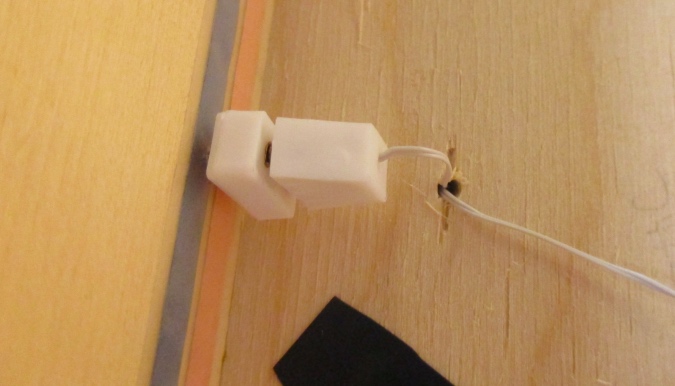
When I put an outlet in the bottom of the house to test the new lights I installed a few weeks ago, I totally mangled it trying to pound it into the plywood without pilot holes. This time I used the micro drill to make the holes, using the dimples that were created when I poked in the outlet’s pointy ends.
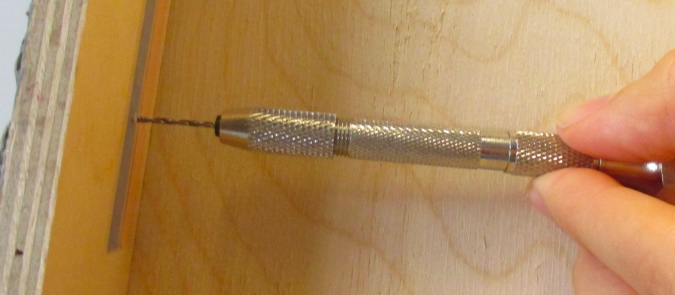
Here it is with all of the plugs and outlets in place. It took a few hours to get them all in and working, and it wasn’t fun! I tested each light as I went along, and needed to jiggle the outlets around a lot to get them to make a connection with the tapewire.
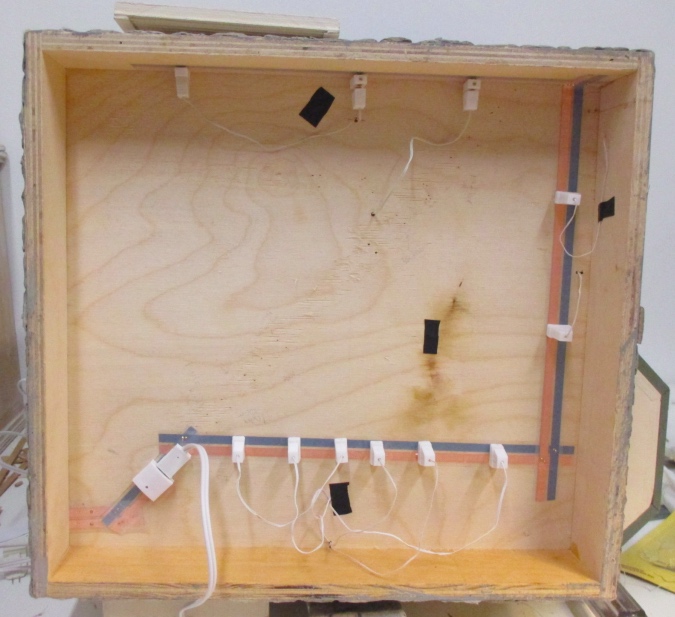
I hadn’t considered that by drilling holes into the plywood, I was creating a channel for the metal spikes to pass through the tapewire without actually touching it. I ended up scraping off the plastic around the holes so there would be exposed metal for the flared ends of the spikes to make contact with, and even then needed to do some jiggling to get some of the outlets to work. On the bright side, the outlets are nice and snug in the drilled holes, and I don’t have to worry about them falling out.
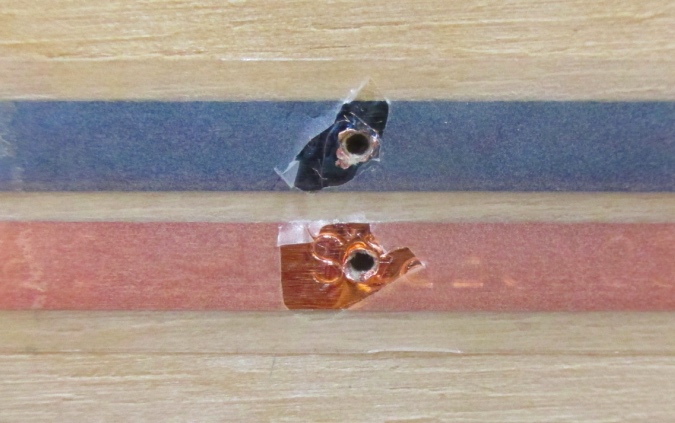
I used electrical tape to cover up the brads where the pieces of tapewire attach to each other. In the past I’ve done this with Scotch tape, which doesn’t hold up well over time. I also taped down some of the longer wires so they won’t hang and potentially get caught or scraped when the house is moved around.
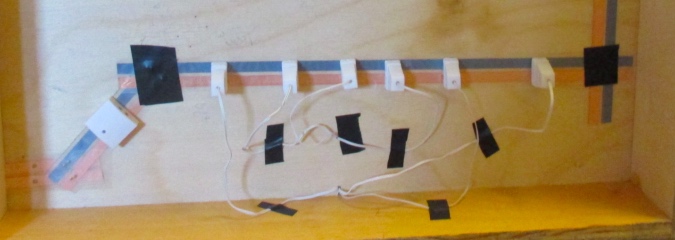
LET THERE BE LIGHT! I keep saying I’ll never electrify a dollhouse again, and I probably mean it, but there are few things more exciting than turning on the power and seeing the house all lit up.

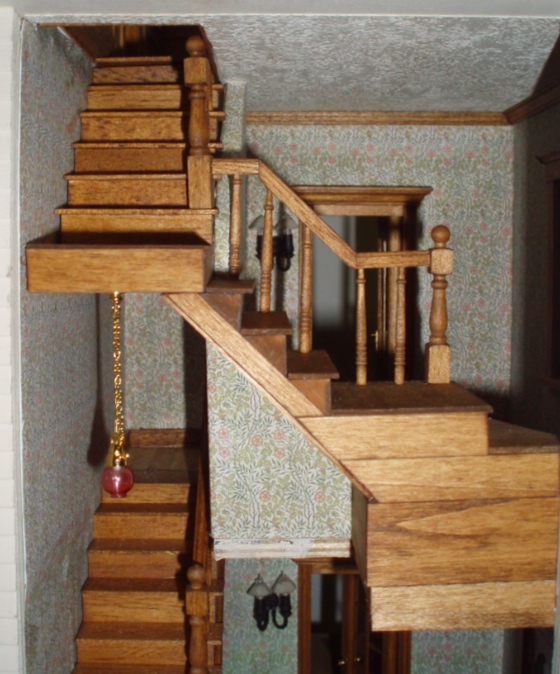
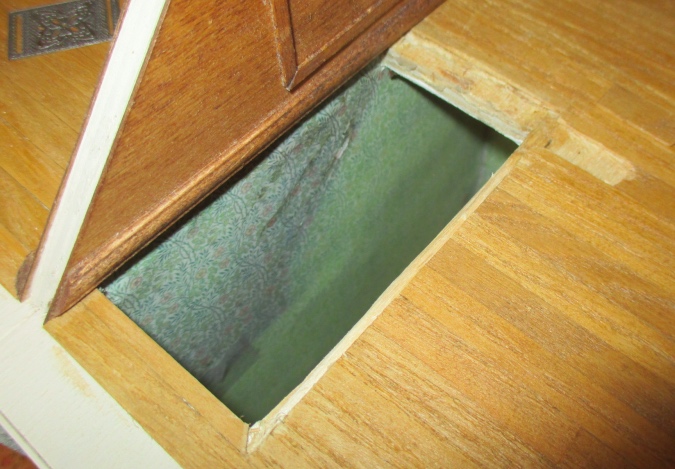
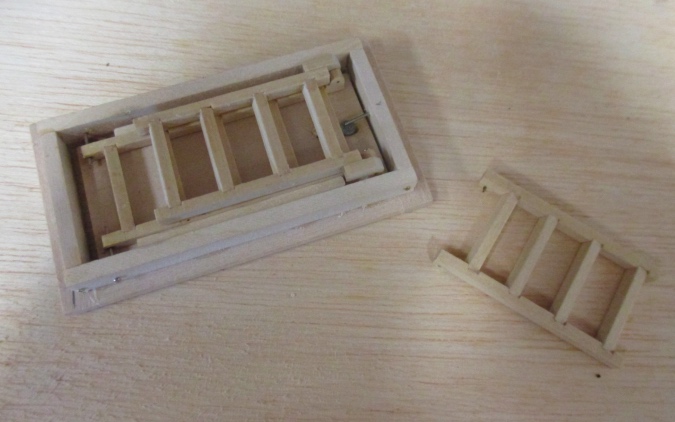
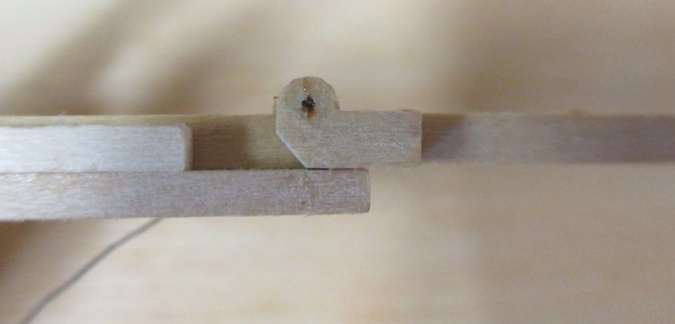
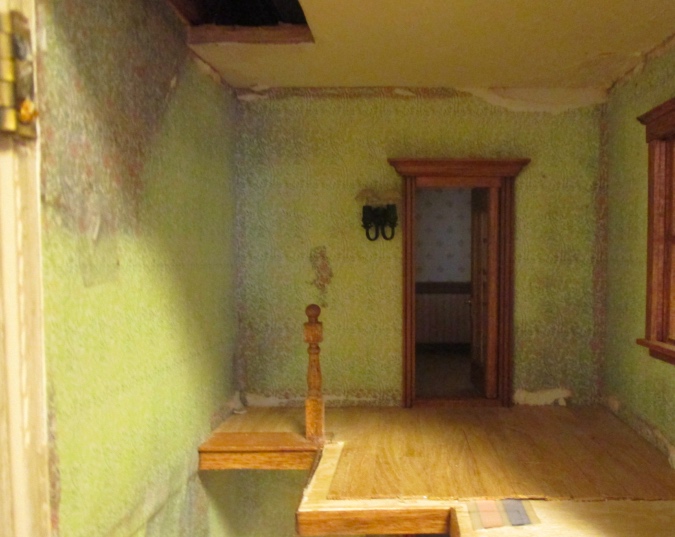
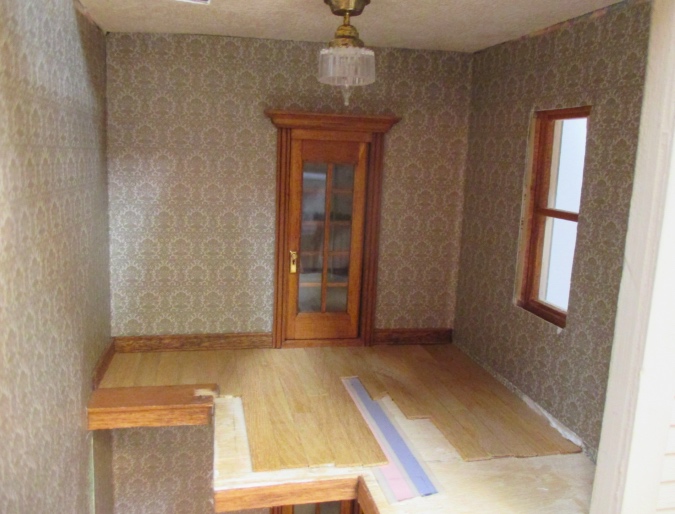
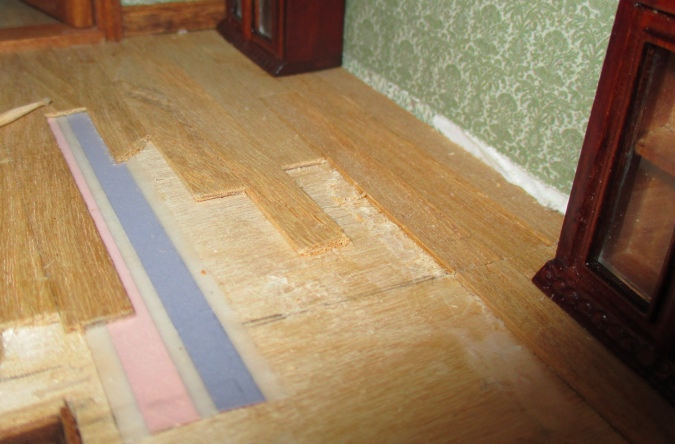
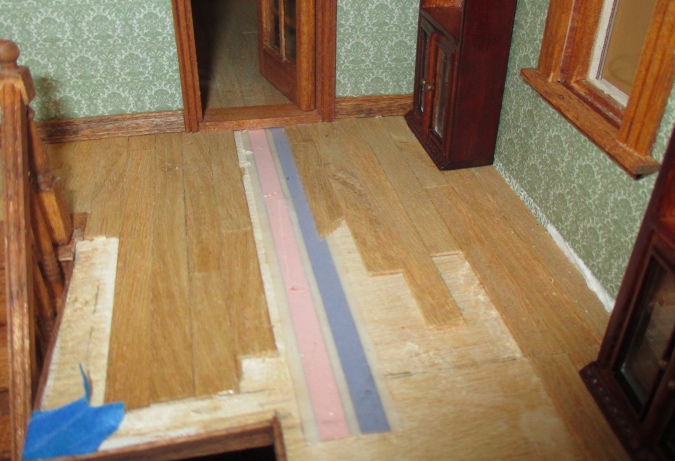
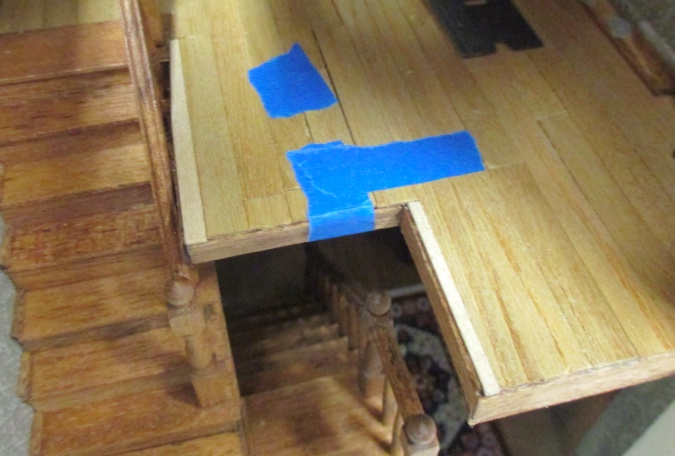
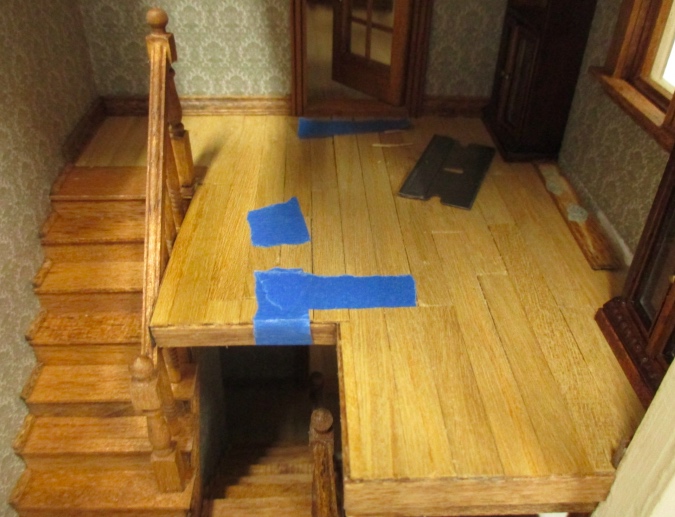
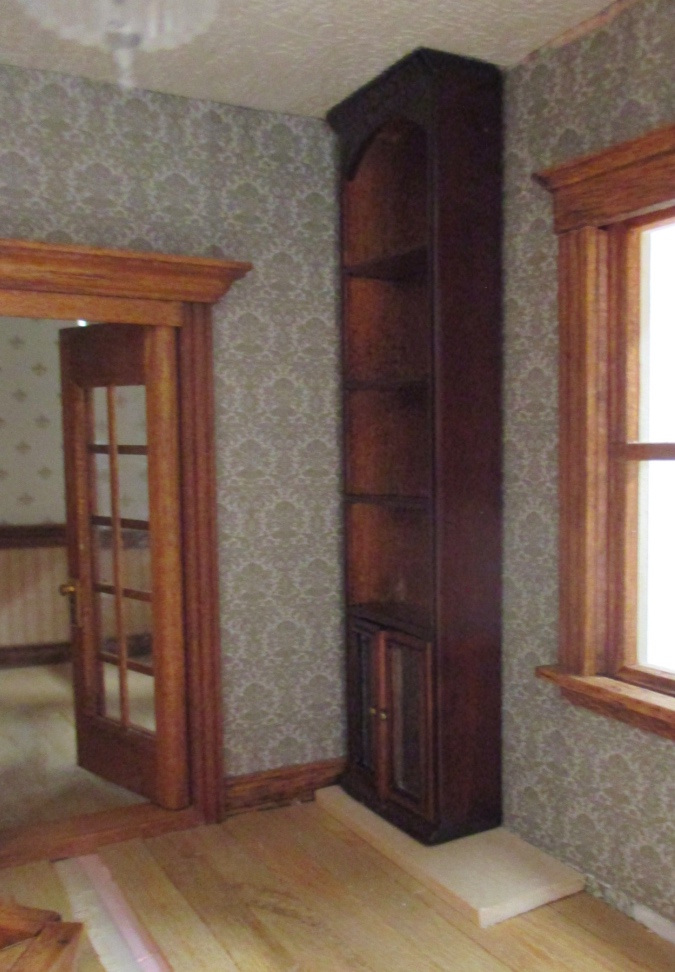
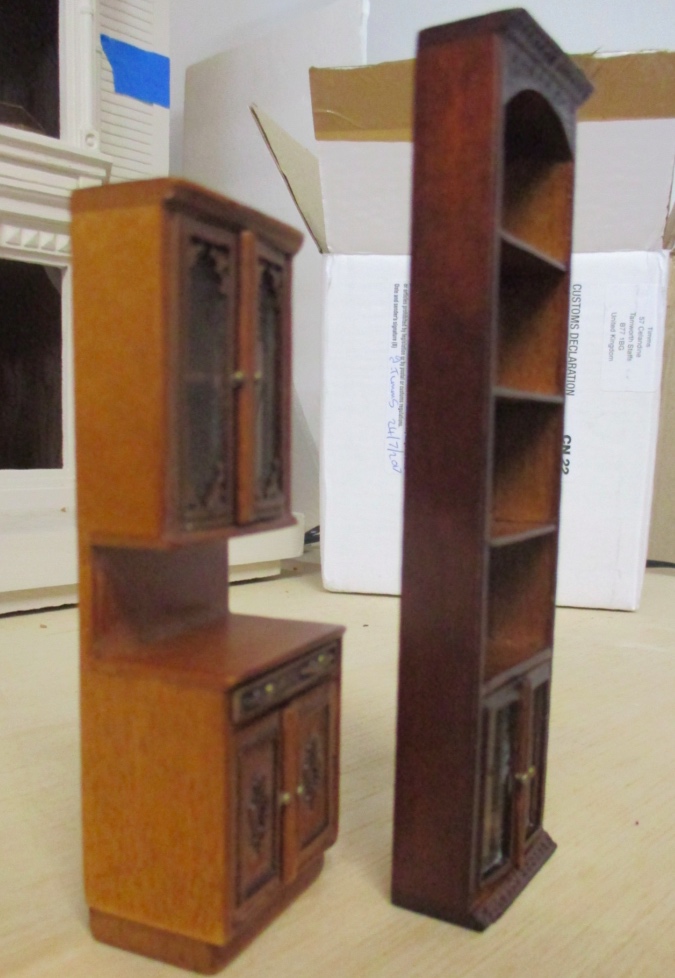
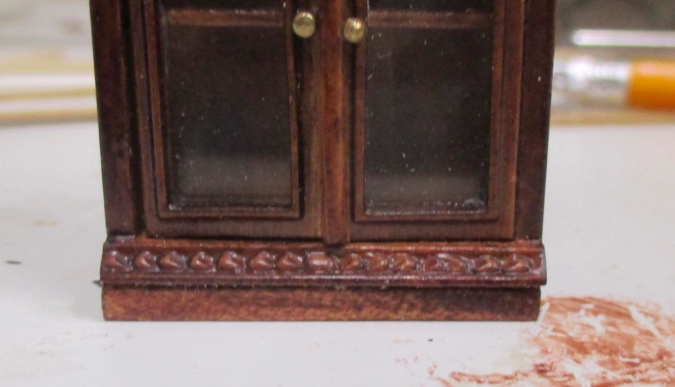
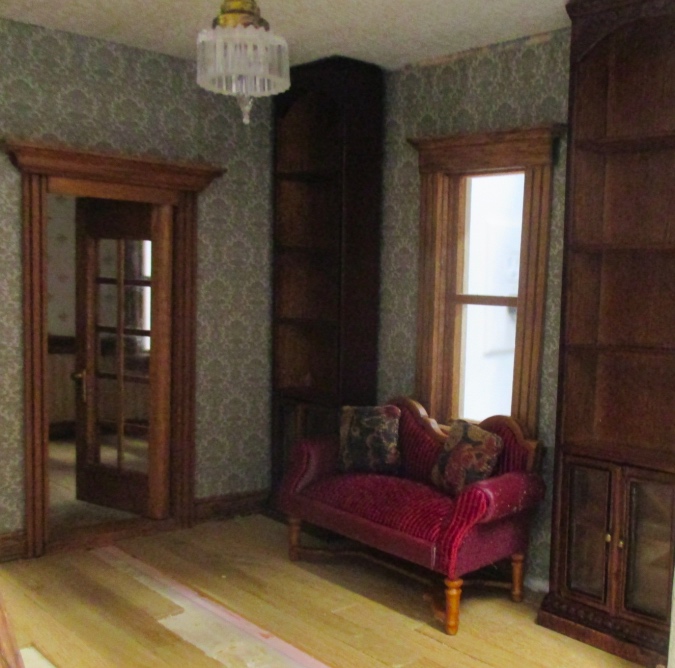
 Emily is a freelance writer, miniaturist, and adventure game enthusiast.
Emily is a freelance writer, miniaturist, and adventure game enthusiast.

